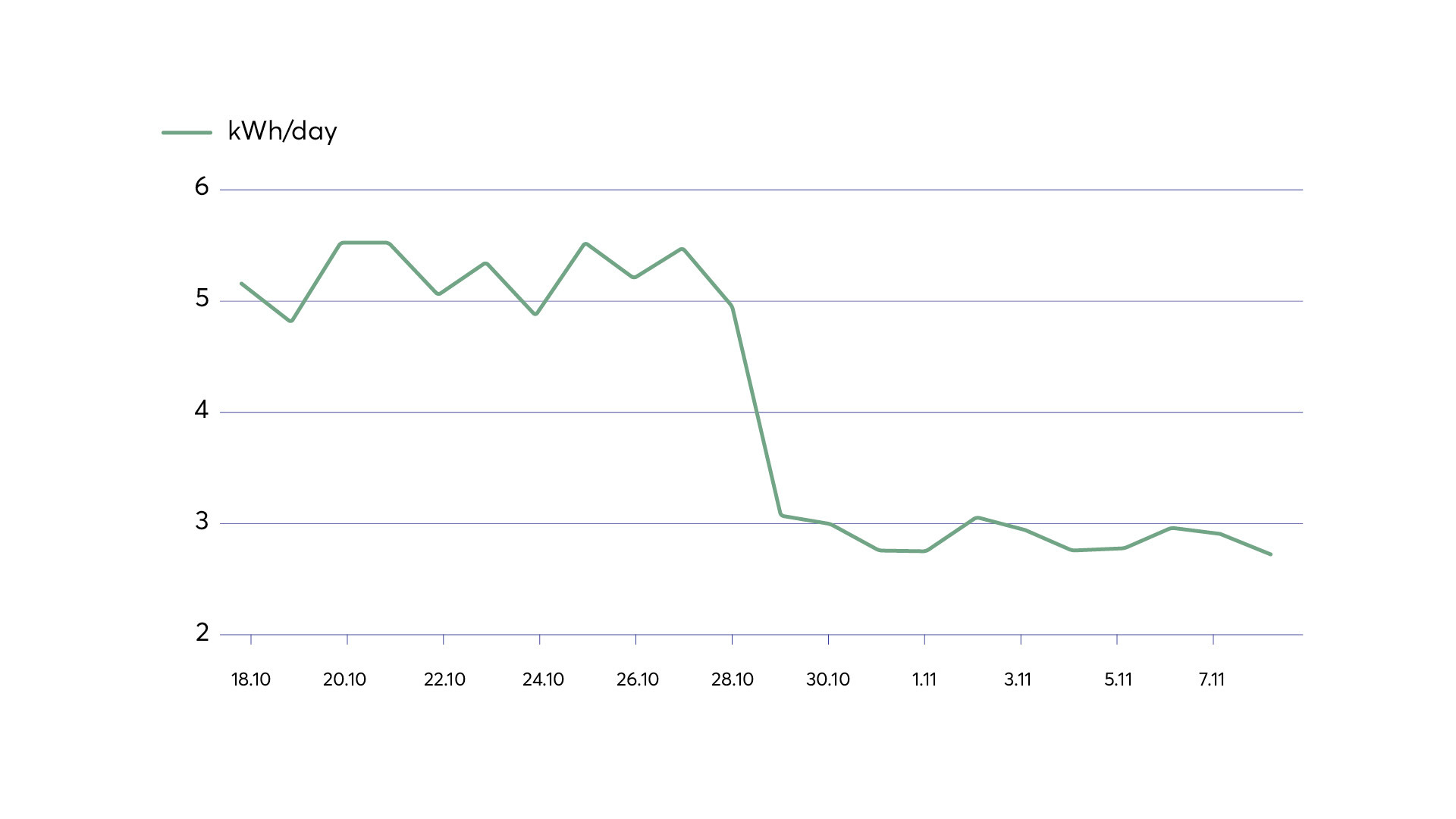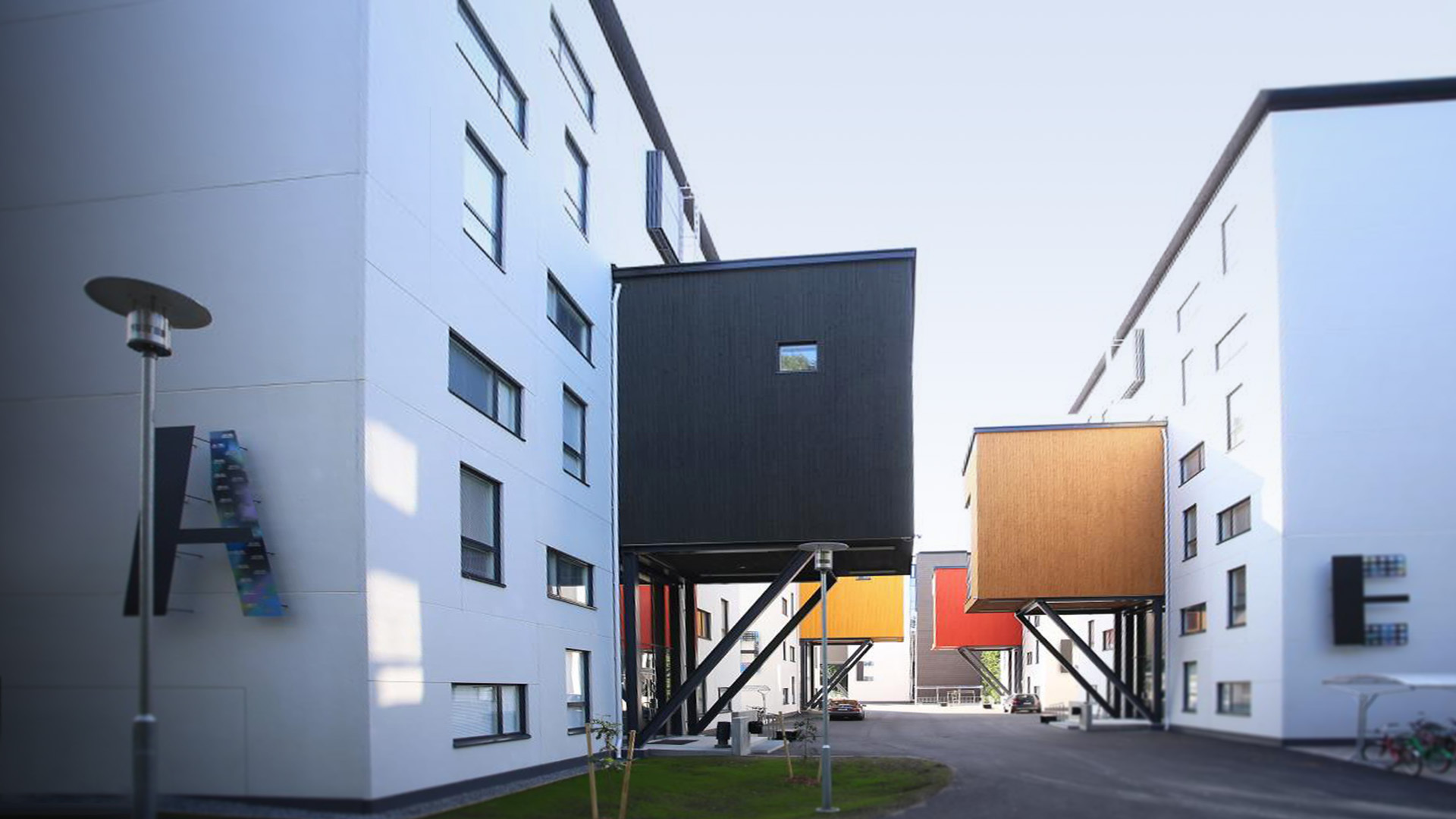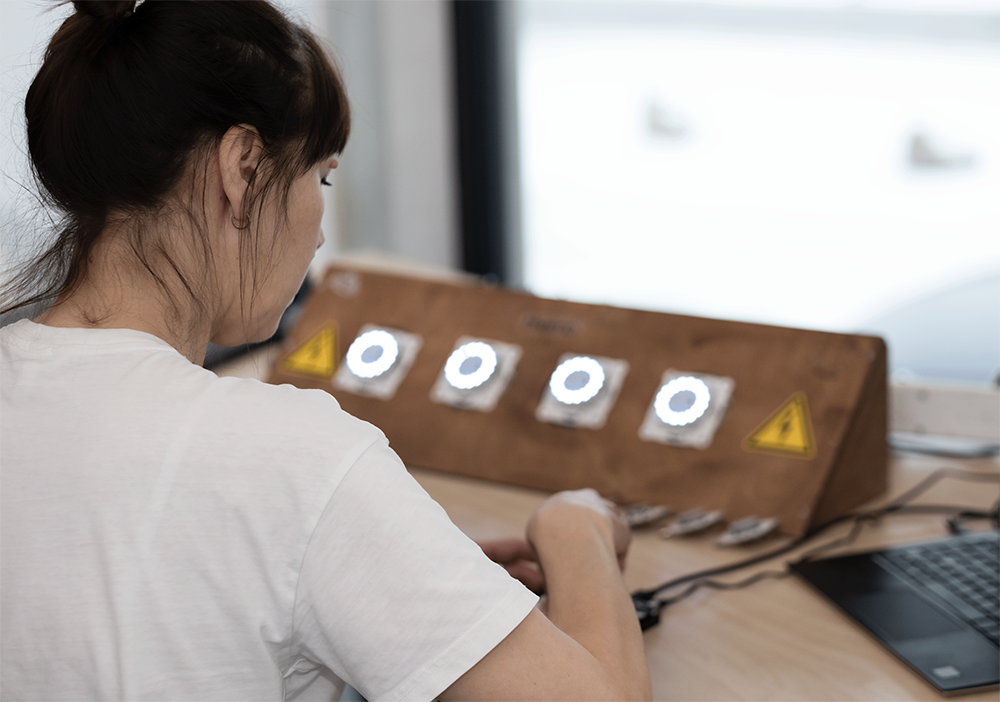Kuopio Student Housing Company (Kuopas) piloted the Themo Control at its Samoilijantie property in the autumn of 2019. During the pilot period, energy costs at the property were reduced by 46% and its carbon dioxide emissions lowered by an amount corresponding to 40 000 kg per year.
The property on Samoilijantie consists of five apartment blocks with a total of 254 studio apartments for students. Each apartment includes a bathroom with an approximate floor area of 4 m2, which is equipped with underfloor heating. Electricity is included in the rental agreement, which means that it falls within the responsibility of Kuopas.
Energy-saving pilot period
We carried out a pilot installation on two residential floors in building A for savings calculation purposes. The calculations were based on assessing the consumption with the existing manual thermostats and comparing the resulting figures with Themo's smart program.
The consumption of the manual thermostats was assessed by using the manual mode at the beginning of the testing period to set the Themo Smart Thermostats to the temperature in use at the time of installation, which varied from 24 to 29 degrees Celsius.
The heating program was configured to adjust the temperature to 24 degrees from 07:00 to 09:00 and 17:00 to 23:00. The customer's exact electricity rates were added to the server for price optimization purposes. In this case, electricity was bought at a fixed price and the transmission of electricity was priced on a time-of-use basis. The actual consumption was monitored using the Themo Control portal.
SAVINGS IN EUROS: €60/year/bathroom (approx. 46% savings during the pilot period)
REDUCTION IN CO2 EMISSIONS: 40 000 kg/year (based on the emission levels of local energy production)

”Themo's service model allows for substantially more affordable and more environmentally friendly electricity consumption in our Samoilijantie property.”
Aku Taira
CEO, Kuopas
Major factors impacting energy saving
- Setting the floor heating to a comfortable but affordable temperature (centralized control)
- Minimization of unnecessary heating (heating schedule)
- Pre-heating of the floor at night during lower rates and utilization of the heat storage capacity (machine learning and price optimization)





